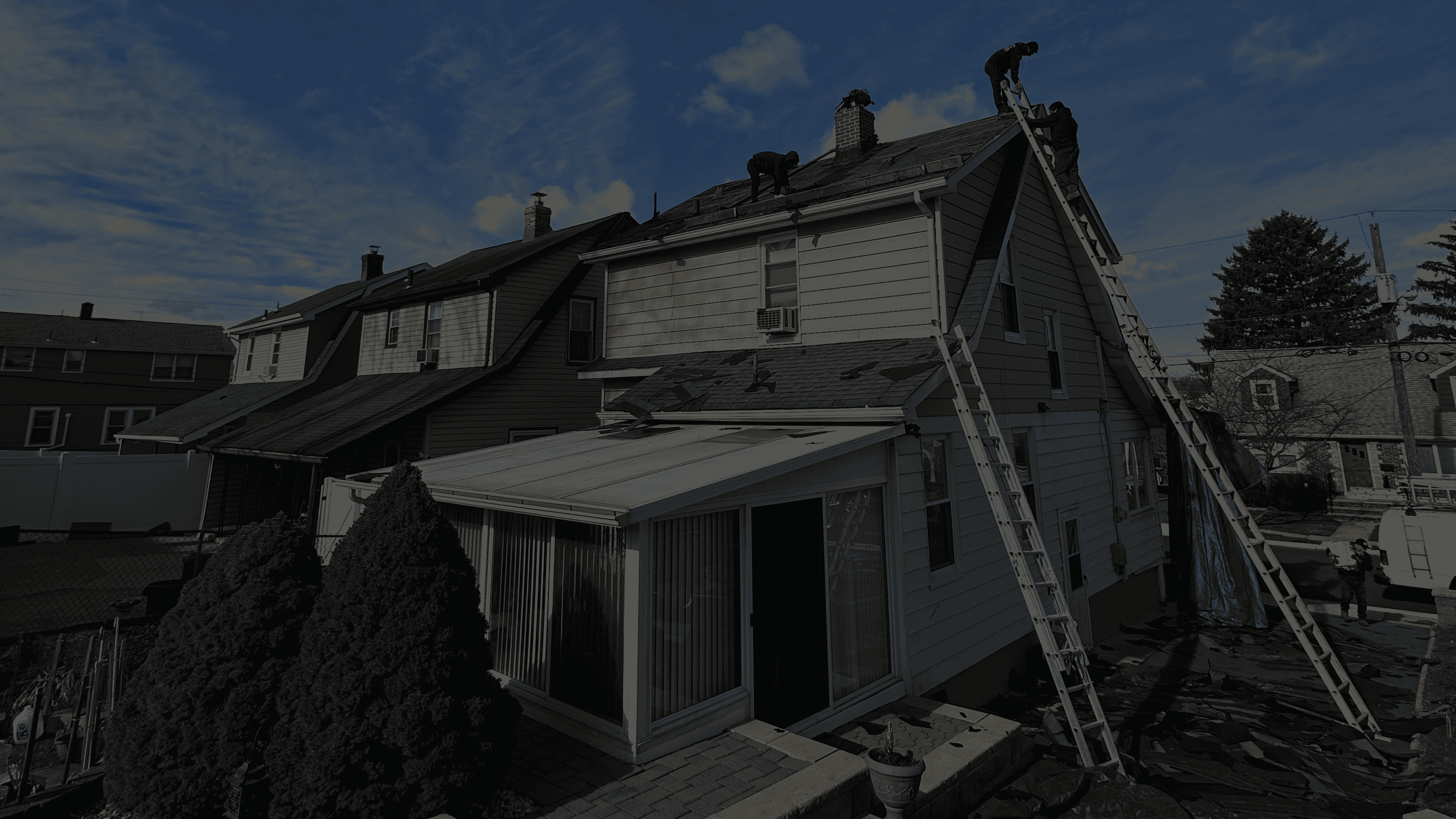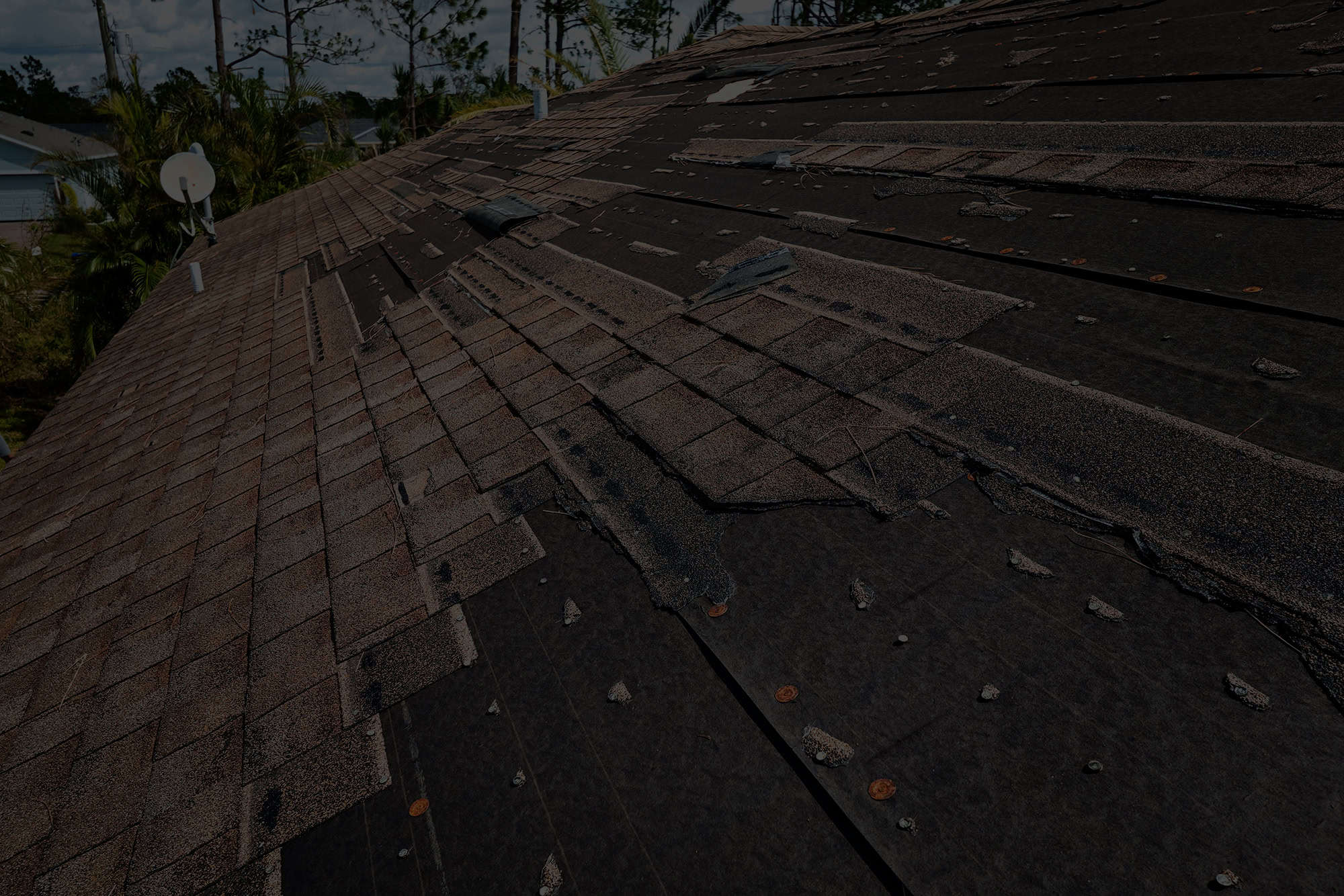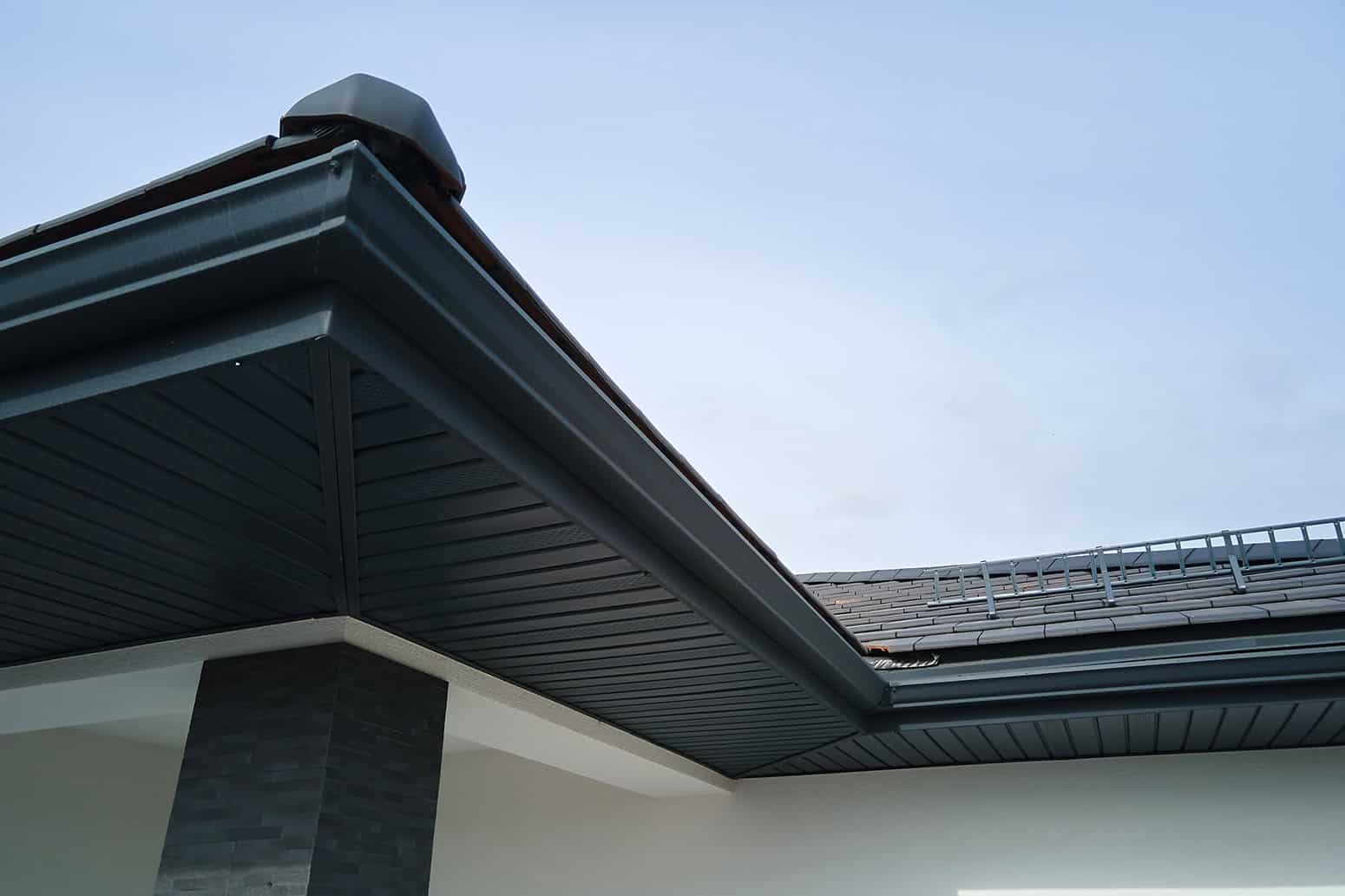What is Roof Installation and What Does It Consist Of?
Roof installation is the process of replacing or installing a new roof on a building to protect it from the elements. It involves removing the old roof (if necessary), preparing the surface, and then applying new roofing materials. The installation process typically includes several layers, such as:
Roof Decking: The base layer of the roof, usually made of wood or other sturdy materials, which provides a foundation for the roofing system.
Underlayment: A protective layer that goes over the decking, often made of felt or synthetic materials. This helps keep water from seeping through the roof.
Shingles or Roofing Materials: The topmost layer, often made of asphalt shingles, metal, tile, or slate, that provides weather protection and aesthetic appeal.
Flashing and Sealant: These are used around roof edges, chimneys, vents, and valleys to ensure no water leaks into the home.
Why You Should Have a New Roof Installed
Protection: A roof shields your home from the elements—rain, snow, wind, and sun. A new roof ensures your house stays protected from leaks and water damage.
Energy Efficiency: Modern roofs have better insulation, helping your home stay cooler in the summer and warmer in the winter. This can save you money on energy bills.
Increased Home Value: A new roof can boost your home’s curb appeal and its resale value. Potential buyers will appreciate the security of a new roof.
Peace of Mind: A new roof reduces the stress of worrying about leaks or repairs.
When You Should Have a New Roof Installed
After Major Storms: If a severe storm causes significant damage, it’s time to replace the roof to ensure your home is still secure.
If Your Roof Is Over 20 Years Old: Most roofs last around 20-25 years. If yours is getting close to that age or older, it’s a good idea to think about replacement.
When You’re Renovating: If you’re doing other major renovations or selling your home, installing a new roof could be a smart investment.
During Roofing Off-Season: Roofing is usually cheaper and easier during off-peak seasons, like late fall or early spring, when the weather is mild.
Signs You Might Need a New Roof
Visible Leaks: If you see water spots on your ceiling or walls, or find puddles inside, your roof might be leaking and may need to be replaced.
Missing or Damaged Shingles: If shingles are cracked, curling, or missing altogether, your roof’s protective layer is compromised.
Granules in Gutters: Asphalt shingles break down over time, and their granules can wash off and collect in your gutters. This indicates the shingles are aging and may need replacement.
Sagging Roof: If you notice your roof is sagging, this is a serious sign of structural damage and often means you need a new roof immediately.
Age of the Roof: As mentioned, most roofs last 20-25 years. If your roof is approaching or exceeding this age, it might be time to replace it, even if it seems okay visually.



